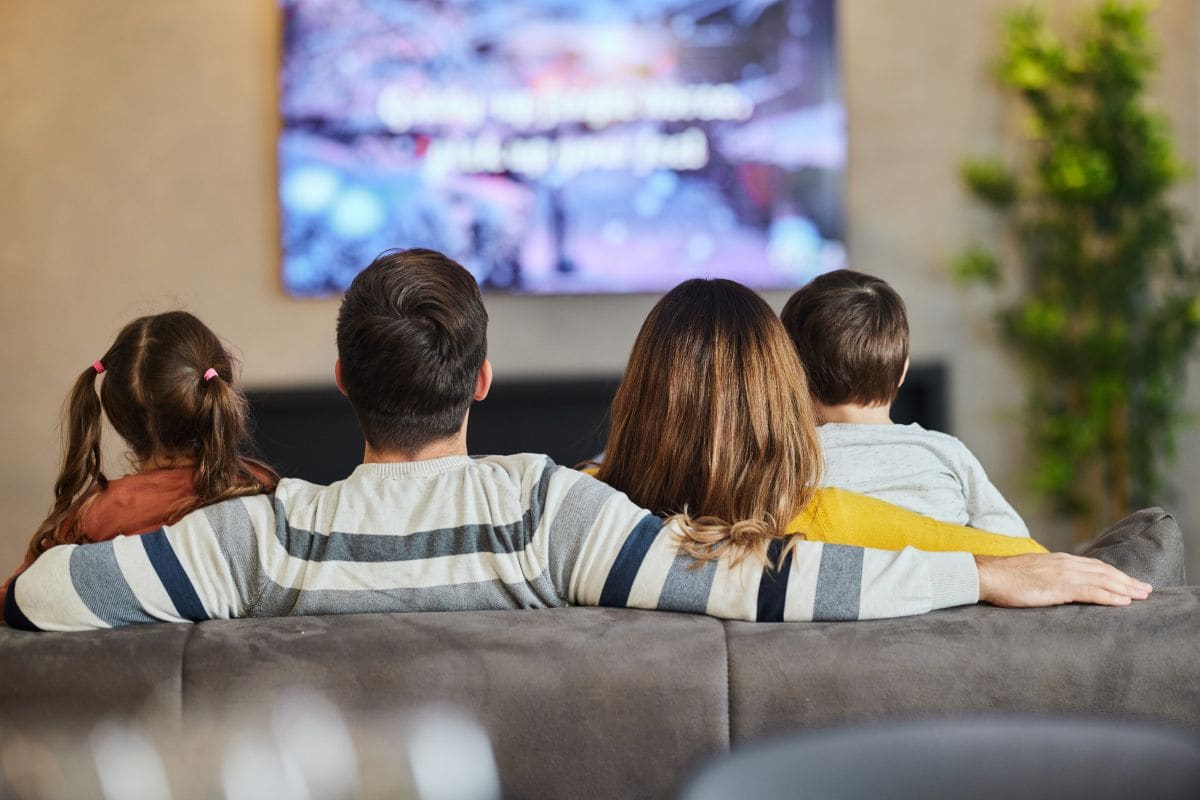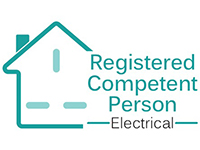In the UK mostly TV
typically uses between 30 to 300 watts, depending on size and type. On average, running in the UK costs around 3p per hour. Using energy-saving settings and turning the TV off entirely when not in use can help reduce electricity consumption.
Television sets have become an essential feature in almost every household. Whether you’re streaming your favourite series, catching up on the news, or simply relaxing with a film on a Sunday afternoon, your TV is on more than you realise. But have you ever stopped considering how much electricity your TV uses?
Understanding your television’s power consumption is not just about cutting costs on your energy bill. It’s also about being mindful of energy usage in a world that increasingly values efficiency and sustainability. In this detailed guide, we will explore exactly how much electricity a TV uses, how to calculate it, what affects it, and how to reduce your power usage without compromising your viewing pleasure.
Understanding TV Power Consumption
To understand how much electricity your television consumes, you must understand a few basic terms: watts, kilowatts, amps, and energy usage over time.
A watt is a unit of power. When a TV is rated at 100 watts, it uses 100 watts of electricity every hour it operates. Multiply that by the number of hours the TV is on, and you get the total consumption in watt-hours.
A kilowatt is simply 1,000 watts. Electricity bills are typically measured in kilowatt-hours (kWh), so if your television uses 0.1 kilowatts per hour and runs for 5 hours, it will consume 0.5 kWh.
Amps refers to the amount of electrical current drawn by the device. It’s another way of measuring power, and while it’s less commonly used for calculating energy bills, it’s useful when determining the load on a circuit.
How to Calculate the Electricity Usage of a TV
The most straightforward way to estimate your television’s electricity consumption is by using this formula:
Power consumption (kWh) = (TV wattage × hours used) ÷ 1000
Let’s take a 150-watt television used for 4 hours a day:
(150 × 4) ÷ 1000 = 0.6 kWh per day
Over a 30-day month, this adds up to:
0.6 × 30 = 18 kWh per month
If your electricity rate is 30p per kWh, the monthly cost would be:
18 × £0.30 = £5.40
Of course, this is an estimate. Your actual consumption may vary depending on factors such as screen size, resolution, and how often you use the TV.
Factors That Influence a TV’s Electricity Usage
Not all TVs are created equal. Several key elements affect how much power a television consumes:
Screen Size
The larger the screen, the more power it typically uses. A 32-inch LED TV may use 30-50 watts, while a 65-inch 4K model might use 120-300 watts or more.
Display Technology
Different types of display technology consume electricity differently:
- LED TVs are known for being energy-efficient. They often consume less power than older models.
- OLED TVs generally provide better picture quality and contrast but may consume more electricity, especially at higher brightness settings.
- LCD TVs are still standard and use moderate power.
- Plasma TVs, now largely phased out, were the least efficient and consumed significantly more electricity than LED or LCD models.
Usage Habits
If your TV is on all day, it will use more electricity than one that’s only on in the evenings. Leaving the TV on as background noise can significantly impact your electricity bill.
Standby Mode
Even when turned off, many televisions continue to draw power in standby mode, allowing instant start-up. This might only be 0.5 to 2 watts, but over time, it adds up.
Energy-Saving Features
Most modern TVs have energy-saving settings, such as automatic brightness adjustment, sleep timers, and eco modes, which can significantly reduce power consumption.
Comparing Electricity Usage Across TV Sizes
Here’s a general idea of how many watts different-sized TVs might use:
- 32-inch LED TV: 30–50 watts
- 40-inch LED TV: 50–70 watts
- 50-inch 4K TV: 100–150 watts
- 65-inch 4K OLED TV: 120–300 watts
If you multiply these wattages by the hours you use the TV daily and then convert them to kilowatts, you’ll get a clearer picture of the electricity used and the potential cost.
How Much Does a TV Cost to Run Annually?
Let’s say you have a 50-inch 4K TV that uses around 120 watts and watches TV for 5 hours daily. That’s:
- 120 × 5 = 600 watt-hours = 0.6 kWh per day
- 0.6 × 365 = 219 kWh per year
At 30p per kWh, that’s:
- 219 × £0.30 = £65.70 per year
This can be higher if your screen is bigger or you watch more often. It can also be lower if your set is smaller or you actively use energy-saving settings.
How to Reduce Your TV’s Electricity Usage
Fortunately, you don’t have to stop watching TV to reduce energy consumption. Here are a few practical tips:
Choose Energy-Efficient Models
When buying a new TV, check the energy label. Televisions are rated from A (most efficient) to G (least efficient). Opt for models with a higher energy rating.
Use Eco Mode
Most modern TVs have an Eco or Power Saving mode. This mode automatically adjusts Brightness and contrast to lower settings that consume less electricity.
Turn It Off Completely
Rather than leaving your TV on standby, unplug or switch it off at the mains when not in use. Alternatively, use a smart plug to schedule power-off times.
Reduce Brightness
Reducing your TV’s Brightness extends its lifespan and lowers energy usage, especially on OLED and LED screens.
Don’t Use the TV as Background Noise
Many people leave their TVs on when they’re not actively watching, and turning them off when not in use can save significant amounts of electricity over time.
Adjust Picture Settings
Calibrating your television’s settings for optimal viewing can also reduce energy draw. Bright factory settings are often unnecessary for home use.
Consider Screen Technology
If you’re upgrading, LED models generally use less energy than OLEDs, especially at similar screen sizes. Be mindful of your priorities when choosing a display type.
The Role of Smart TVs
Smart TVs have become the norm, offering built-in streaming, apps, and internet browsing. While they add convenience, they can also draw more power, especially if background processes like automatic updates or app refreshes are enabled.
However, some smart TVs have intelligent power management systems that can offset the extra usage. Look for models with built-in sensors that adjust settings based on room lighting and activity levels.
How to Monitor Your TV’s Electricity Usage
If you want precise data, use an energy usage monitor. These monitors plug between your TV and the socket and display real-time energy consumption in watts, amps, and kilowatts.
Smart home energy monitors can also track usage trends across multiple devices and offer tailored suggestions for cutting costs.
Final Thoughts
Television might not be the most power-hungry appliance in your home, but its regular use makes it an important consideration when managing household energy. Knowing how much electricity your TV uses, understanding the impact of various features, and making minor adjustments to your usage habits can result in noticeable savings over time.
Whether you’re upgrading to a newer model or simply curious about your current setup, knowing about watts, amps, and kilowatts gives you the tools to make smarter, more energy-conscious decisions without sacrificing your viewing comfort.
Frequently Asked Questions
How many watts does a typical TV use?
The wattage of a TV can vary significantly based on its size and technology. A small 32-inch LED TV may use around 30 to 50 watts, while a large 65-inch 4K OLED TV could use between 120 and 300 watts. Always check the manufacturer's specifications for accurate details.
Does leaving my TV on standby use a lot of electricity?
Leaving your TV on standby does use electricity, although the amount is relatively small—usually between 0.5 and 2 watts. However, this standby usage can increase your electricity bill over time and across multiple devices. Switching the TV off at the mains is more energy-efficient.
How much does running a TV per hour in the UK cost to run a TV per hour?
Assuming an average TV power usage of 100 watts (0.1 kilowatts) and an electricity rate of 30p per kWh, the cost per hour would be around 3p. Multiply this by the hours you watch TV daily to estimate your monthly or annual fee.
Do newer TVs use less electricity than older models?
Modern televisions—especially LED and newer OLED models—are generally more energy-efficient than older plasma or early LCD TVs. They're designed to meet stricter energy standards and often come with eco features that help reduce consumption.
Can I use a smart plug to control my TV's energy use?
Absolutely. Smart plugs allow you to schedule power times or remotely turn your TV off, helping to avoid unnecessary standby power draw. Some models even track energy usage in real-time, so you can precisely monitor how much electricity your TV uses.






